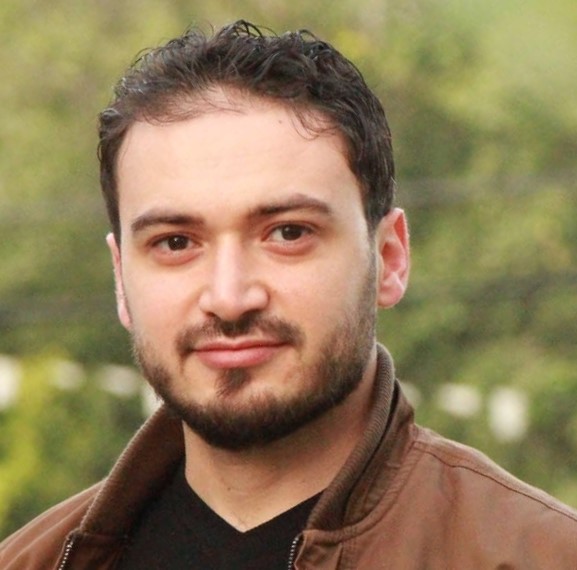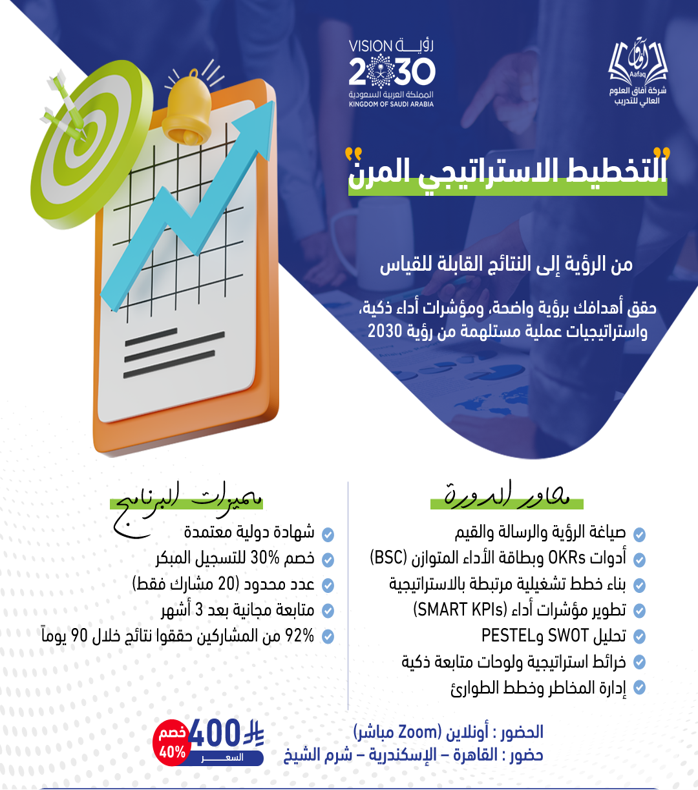Applied Innovation
From Idea to Implementable Solutions

Mohammed Ahmed
Activity details
Duration:
- Training Days: 5 days
- Training Sessions: 10 sessions
- Training Hours: 40 hours
Target Audience:
This training package is designed for the following groups:
This training package is designed for the following groups:
- Senior and executive leaders seeking to integrate innovation into institutional strategy.
- Development and design teams in both public and private sectors.
- Consultants and solution designers working on product and service development.
- Innovation and digital transformation unit managers.
- Educational and training institutions aiming to implement innovative solutions.
Main Training Objective:
To enable participants to apply Design Thinking and TRIZ tools to analyze problems, generate creative solutions, build effective prototypes, and foster a culture of innovation within their institutions.
Detailed Learning Objectives:
By the end of the program, participants will be able to:
To enable participants to apply Design Thinking and TRIZ tools to analyze problems, generate creative solutions, build effective prototypes, and foster a culture of innovation within their institutions.
Detailed Learning Objectives:
By the end of the program, participants will be able to:
- Explain the fundamental concepts of creativity and institutional innovation.
- Analyze challenges in non-traditional ways and break mental patterns.
- Apply the steps of Design Thinking to solve complex problems.
- Use TRIZ tools to address technical and organizational contradictions.
- Build and test prototypes for realistic solutions.
- Design user journey maps to understand customer experiences.
- Facilitate effective brainstorming sessions using scientific methods.
- Lead innovation labs within their organizations.
- Transform creative thinking outcomes into measurable executive initiatives.
Training Content:
Day 1: Introduction to Institutional Creative Thinking
Day 1: Introduction to Institutional Creative Thinking
- Session 1: Creative Thinking and Breaking Mental Blocks
- Difference between creativity, renewal, and innovation
- Mental patterns and how to break them
- Models of out-of-the-box thinking (De Bono – lateral thinking)
- Session 2: Creative Idea Generation Techniques
- SCAMPER method – tools for modification and development
- Mind mapping and idea matrices
- Idea filtering tools and turning concepts into buildable models
Day 2: Applying Design Thinking Methodology
- Session 3: Empathy and Problem Definition
- Empathy tools (Personas – Empathy Map)
- Context analysis and identifying root causes
- Translating insights into clearly defined challenges (HMW Statements)
- Session 4: Ideation, Prototyping, and Testing
- Structured brainstorming sessions
- Low-fidelity prototyping
- Hypothesis testing tools and feedback collection
Day 3: TRIZ Tools for Complex Challenges
- Session 5: The 40 Principles of Innovation
- Exploring and analyzing the 40 principles
- Applying principles to real-life scenarios
- Integrating TRIZ principles with Design Thinking steps
- Session 6: Contradictions and TRIZ Matrix Problem Solving
- Understanding technical and administrative contradictions
- Using the TRIZ contradiction matrix
- Developing integrated solutions to innovation barriers
Day 4: Turning Solutions into Prototypes and Early Implementation
- Session 7: Designing Effective Prototypes
- Types of prototypes (paper, physical, digital)
- Testing ideas within the target team
- Rapid improvement based on feedback
- Session 8: Innovation Roadmap and Early Implementation
- Building short-term implementation plans
- Documenting the innovation journey (from problem to solution)
- Feasibility analysis and implementation timeline
Day 5: Innovation Lab and Applied Project Challenge
- Session 9: Group Innovation Challenge (Hackathon)
- Forming teams and collective challenges
- Building solutions under time constraints
- Preparing concise project presentations
- Session 10: Presentation and Evaluation of Innovations
- Presenting solutions to the evaluation committee
- Constructive feedback and improvement suggestions
- Sustainability plans beyond the training camp
Training Strategies:
- Live innovation labs simulating real work environments.
- Project-Based Learning (PBL): each participant develops a complete project.
- Case studies: analyzing real-world institutional innovation challenges.
- Group creative brainstorming using structured models.
- Rapid prototyping and hands-on thinking.
- Evaluation exhibitions: simulating solution presentations to consultants and executives.
Training Outcomes:
- Development of a practical, institution-specific innovation project by each participant.
- Diagnostic tools for innovation challenges (Empathy Map, HMW, TRIZ Matrix).
- Physical or digital prototype of an innovative idea.
- Initial implementation plan including continuous improvement.
- Practical capability to facilitate Design Thinking and brainstorming sessions.
- A collaborative professional network with other participants.
Evaluation Methods:
- Pre- and post-program assessments.
- Prototype evaluation.
- Final project presentation evaluation.
- Peer review and group assessments.
Language of Delivery:
Arabic, supported by globally recognized terms in Design Thinking and TRIZ.

Arabic, supported by globally recognized terms in Design Thinking and TRIZ.
Certificates awarded upon completion_en
محاور الدورة
هنا سأذكر لك المحاور بشكل عام وذلك لكثرة المحاور الخاصة بالبرنامج وللاطلاع بشكل مفصل على الدرورة يمكنك قراءة أسماء الدروس من الخانة المخصصة لذلك
- مقدمة عن البرنامج
- مصطلحات مهمة قبل العمل بالبرنامج
- آلية العمل بالــ Keyframe
- التحكم والتعديل على واجهة المستخدم
- اختيار الإعدادات الصحيحة
- التنقل والتحكم بواجهة العمل
- تحريك العناصر بشكل أساسي والتعرف على الأوامر الأساسية
- استعراض العمل بشكل أساسي ومتقدم
- تصدير العمل بشكل أساسي ومتقدم
- استيراد الملفات بمختلف امتدادتها للبرنامج
- التحريك باستخدام الإعدادات الافتراضية
- التعرف على نظام الطبقات وأوامر مهمة لها
- ربط العناصر باستخدام Parent
- التعرف على الأنماط واستخدام ما سبق في تطبيقات عملية
- أداة Pentool لإنشاء وإعادة رسم الأشكال
- التعرف على الأشكال واستخدامها في مشاريعك.
- الأقنعة واستخداماتها Mask
- التعديل على منحنى الحركة Graph Editor
- تحرير الأقنعة والتعديل عليها Mask Interpolation
- التحريك على مسار بعدة تقنيات
- الربط بـ Null
- تتبع الوجه Face Detection
- الأقنعة من برامج أخرى
- إنشاء وتحرير وتعديل النصوص وتحريكها
- تحريك النصوص من برامج خارجية
- المحاذاة وتنسيق العناصر
- قواعد أساسية في توزيع العناصر في الموشن
- Shape بشكل متقدم
- إنشاء التنقلات يدوياً
- الملفات الصوتية
- الأوامر Motion Sketch، Wiggler، Smoother
- خاصية Taper and Wave
- التحريك باستخدام Motion Sketch
- استخدام Sequance في الموشن
- الطبقة المؤثرة Adjustment
- التحريك باستخدام Puppet
- الإكسبرشن Null From Path
- حركة المشي Walking Cycle
- التاثيرات المركبة Compound Effects
- الكروما أو الخلفية الخضراء في الفيديو
- إضافة وتحريك كاميرا واختيار الإعدادات الصحيحة لها
- تتبع الحركة Track Motion
- Rotoscope
📌

عدد الساعات والدروس
1 درس | 200 ساعة
Subscription Period
7-شهر


